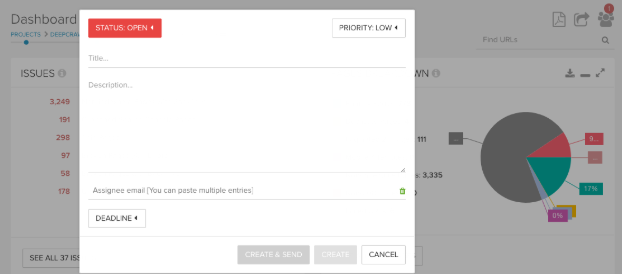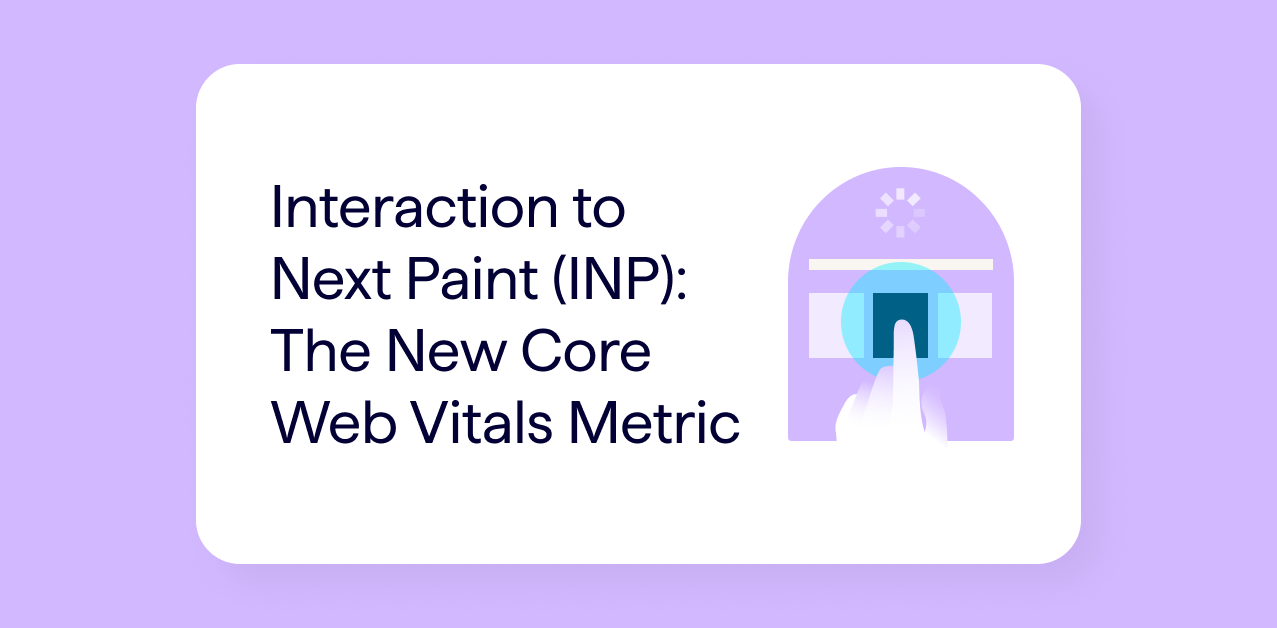While the fundamentals of SEO remain the same despite the size of a website, there are some characteristics of optimizing an enterprise site for search which are unique for larger sites. Developing enterprise-level SEO best practices often means applying traditional SEO principles at scale. The primary goal may be the same – to drive converting visitors to the site, but there are various aspects of execution that differ quite a bit depending on the size of the site and the company.
To be successful in this space, here are five unique characteristics of enterprise SEO to consider:
1. Brand recognition
2. Working with other departments
3. Cross-channel marketing
4. Scale
5. Data
1. Brand Recognition
Most enterprise-level sites have some degree of brand recognition. This may carry some inherent advantages, especially if there are significant amounts of navigational searches for that brand and a superior user experience. It may also mean better relative CTR if people are seeking out that brand more than others for a broader set of queries.
In addition to navigational searches, enterprise brands typically have the budgets and resources to dedicate to other areas that lead to better signals and repeat use. Some examples are:
- Product development & enhancements
- Engineering resources
- User experience
- Diversified traffic streams
- Generating higher quality content
- Thought leadership
No matter what size site you’re working with, it’s important to understand these characteristics as they could be an advantage, a goal or even a KPI depending on your situation.
2. Working With Other Departments
One of the most important elements of a successful enterprise SEO campaign is developing interpersonal relationships between the SEO team and other stakeholders. SEO can affect many different departments including engineering, product, public relations, marketing, design, quality assurance, and even sales and customer service.
It is therefore crucial to make sure that all the affected parties buy in to the SEO strategy and understand the importance of your recommended implementations. It’s also important that the various departments know how SEO will affect them and how they can impact SEO.
This level of communication and coordination across departments can be challenging in a large company and even more difficult for an outside agency. One good strategy is to develop good relationships with key representatives in the various departments. Those people can become your SEO liaisons, helping you to champion ideas, assisting you with getting things implemented and helping keep the lines of communication open.

DeepCrawl has a built-in issue tracker, which can be shared with other departments; as can any of the reports.
3. Cross-Channel Marketing
Large companies typically have the ability, willingness & resources to invest in various marketing channels. Depending on the situation, this can be an advantage or disadvantage. If the other departments truly understand the value of SEO, everyone’s work will be more productive when executing a holistic strategy and there will be better incremental growth in more channels.
But the opposite is also true. If various departments work exclusively in silos, they will miss out on some great opportunities to propel the company forward. It’s easy for large companies to fall into this trap, often without even realizing it, and it can be difficult to convince them otherwise. As the old saying goes, they “can’t see the forest for the trees.”
There are also a number of learnings you can take from other marketing channels in order to improve SEO activities, for example successful messaging from paid ads can be used to help improve CTR for organic search.
While there are some advantages to this type of functional organization, it can also lead to a significant opportunity cost, while also providing the opportunity for smaller companies to exploit a brand’s weakness by executing a better holistic strategy.
It is also important to ensure each marketing channel is working together in synergy, to reduce the risk of cannibalization between channels. This is predominantly seen between PPC and SEO, where paid ads can negatively affect the performance of your SEO actions. However, the channels can also work together to bridge any gaps, where a site may not be performing well currently in organic search.
4. Scale
Enterprise-level sites can involve massive numbers of pages, and in some cases many domains and subdomains. For example, large e-commerce sites may have hundreds of thousands of products and multiple paths to get to each product which can balloon their URL count with all the different facets of navigation, while also leading to duplicate content issues.
Together with this, a large number of crawlability and indexing issues can also occur, due to the vast number of pages. These include crawl errors, URL duplication, redirects and incorrect canonical tags and can take a lot of time and resources to fix. This sort of scale can be a challenge for many SEOs and development teams since there are often multiple approaches to solving scalability issues.
To help manage this type of scale and efficiently identify the issues impacting your site’s SEO health, it’s helpful to have enterprise-level tools (like DeepCrawl) that you can customize for your needs. Although there is typically an up-front time investment for learning and integrating proper processes, once you’re set up things should move smoothly. Familiarity with the right tools can pay off in the long run because of their capacity to improve operational efficiency.
In order to meet the needs of a website at scale, it is also important that automated processes are put in place to ensure efficiency when implementing changes, managing fixes or completing reporting.
5. Data
Data analysis is transforming many aspects of business, and SEO is no exception. Big businesses can harvest large datasets and use this to their advantage in a variety of ways. For example, the SEO team can examine the demographics and actions of visitors to determine what works and what doesn’t. If the site is drawing lots of traffic but failing to convert leads, a dive into the data might reveal why.
More data, and particularly more traffic, also means an advantage when it comes to testing and experimenting. Small businesses that get very little traffic are not able to test for significance in the same time frame as a site with millions of visitors. Large datasets also make it easier to spot trends in a niche which can lead to better business intelligence and results to base your optimisation efforts upon. An SEO’s ability to analyze and solve problems with data is critical to a successful enterprise SEO campaign.
It is also imperative to collate the large datasets and report upon them to stakeholders at multiple levels, whether it be within the SEO team, to other teams across the company or to senior level board members. While reporting is a lot more complex for enterprise websites, due to there being more data available from a larger number of sources, ensuring you are focusing on the key metrics which matter the most to other stakeholders is important.
An example of this is reporting on the ROI seen from the optimisation efforts, rather than on the site’s rankings, which fluctuate often and can be hard to quantify. Automating the reporting process will enable you to ensure you are efficiently communicating the results being achieved, while also allowing you to spend more time completing important SEO actions. Vodafone’s Nick Wilsdon provided some valuable insights into this process, within our Owning Enterprise SEO with Effective and Scalable Dashboards webinar recently.
Enterprise Success Depends on Planning
No matter which brand you’re working for and the organisation structure of its different teams, there is one element that all enterprise strategies must have in common: the necessity for planning.
Due to the size of enterprise websites, it can take a lot longer to implement changes and see results compared to smaller sites. It is therefore important to be ruthless when prioritizing the tasks you need to get onto the roadmap. Considering the impact of each task, including elements such as traffic potential, ease and time of implementation, conversion potential and growth opportunity, will enable you to gain an understanding of which tasks need to be prioritized. Eli Schwartz touched on this ruthless prioritization method during our Challenges of Enterprise SEO webinar.
Investing your efforts in the areas which will have the biggest impact on search engine ranking algorithms, as well as those positively impacting the overall business KPIs while mitigating risks on your website as a whole is key when considering which changes need to be implemented for any website, regardless of the size.
These are just a handful of characteristics unique to enterprise-level SEO. But it’s also critical to properly execute the fundamentals of SEO because without a strong foundation, you could be working on a house of cards!
How Does DeepCrawl Help Enterprise SEOs?
We understand the issues and challenges that SEOs working on large enterprise-level sites face. Submit a request for a bespoke package and one of our team will be happy to discuss a plan with you for your individual needs.







